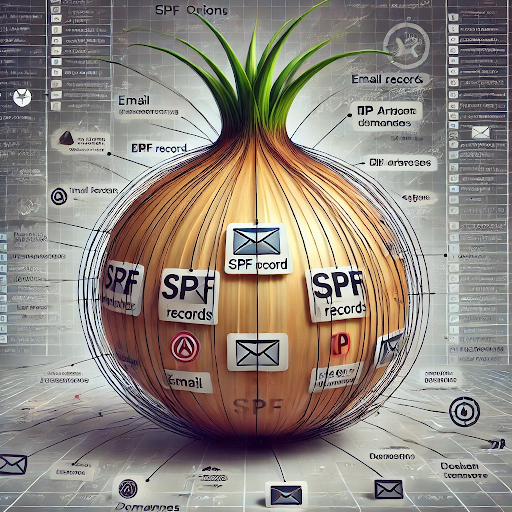DNS Security Best Practices from the NIST Secure Deployment Guide (SP 800-81r3 Initial Public Draft)
Often dubbed as the Internet’s phonebook, the DNS serves a critical function in modern Internet communications, translating human-readable domain names into IP addresses. We have a primer on the subject if you want to dig deeper into the DNS, how it works, and other related concepts.
Given its foundational role, it’s no surprise that threat actors often target the DNS. According to the Cybersecurity & Infrastructure Security Agency (CISA), “DNS infrastructures are common threat vectors for attacks.” It is within this context that the U.S. National Institute of Standards and Technology (NIST) published an initial public draft of the third Secure DNS Deployment Guide (NIST SP 800-81r3 ipd) in April 2025.






































